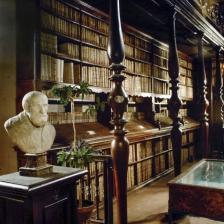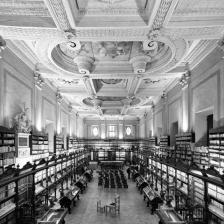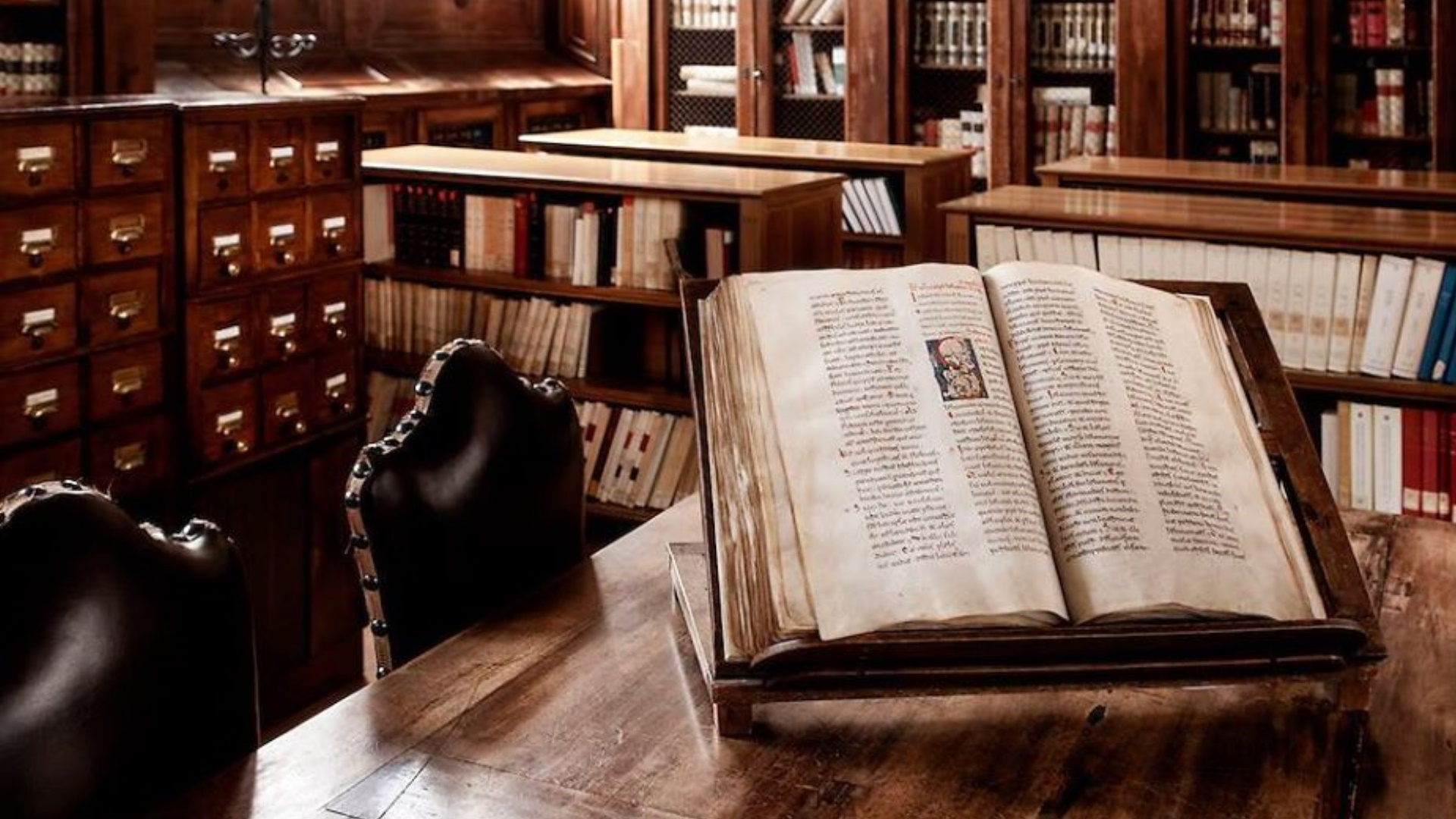
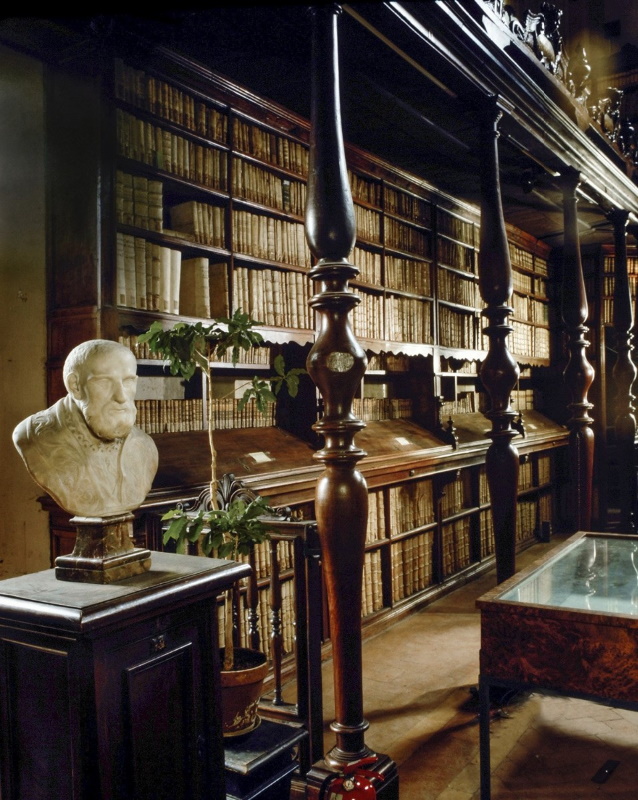
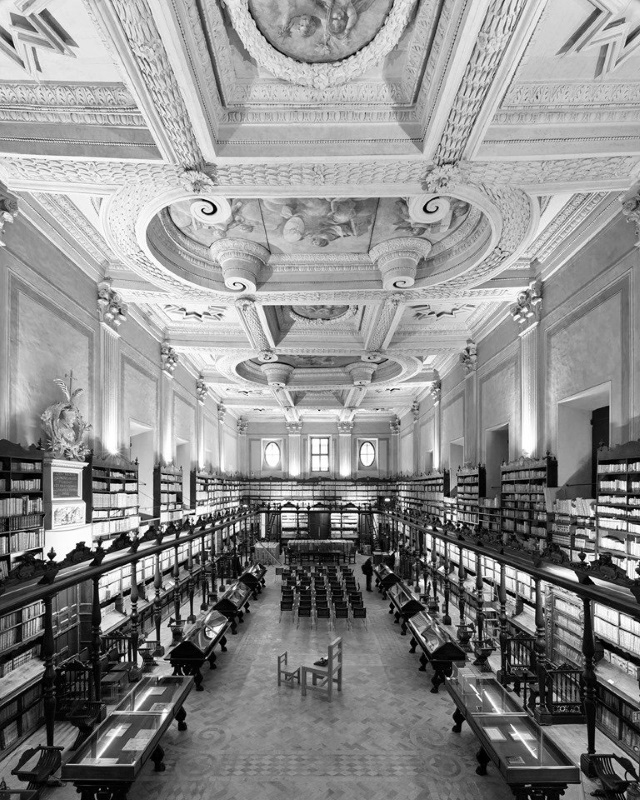
The Vallicellian Library was established in 1565 thanks to the Oratory Fathers and their passion for books. It is closely linked to the figure of Saint Philip Neri and the Congregation of the Oratory. According to the Rule, the fathers used to accompany their meals by reading and discussing a religious text. The Library was officially recognised by Pope Gregory XIII with his Copious in misericordia bull, in 1575.
Inaugurated by Francesco Borromini in 1644, the ancient Library of the Oratory Fathers, also known as the Borromini Hall, is a rectangular plan majestic room. 16 windows and a balcony overlooking Piazza della Chiesa Nuova give the room great brightness. The wooden coffered ceiling is covered in travertine stucco and the floor is in dichromatic terracotta.
Initially, the Library was smaller than it is today. In October 1665 the architect Camillo Arcucci began work on its extension. The Library did not acquire its final appearance until 1667. The various phases of the design of the Hall are described in the Opus Architectonicum, the work carried out by Francesco Borromini and his patron Virgilio Spada.
The wooden ceiling consists of 21 coffers with plastic inserts of eight-pointed stars symbolising the Evangelists and the Doctors of the Church, and grisaille technique paintings with pairs of angels. The two main panels host the two allegorical paintings: Divine Wisdom by Giovanni Francesco Romanelli (1643) and Mediocritas by Lazzaro Baldi (1667). The walls are punctuated by fluted pilasters crowned by Corinthian capitals, while the antient shelves, arranged on two levels, are embellished with walnut inserts carved with stars, lilies and flaming hearts that refer to Filipino symbolism. The galleries are reached by four spiral staircases, well hidden by the trompe l'œil effect of the shelving, created by Father Giovanni Antonio Jannarelli. The open shelves allow the visitor to admire some 28,000 volumes, published between the 16th and 19th centuries. The flooring was made of alternating red and light yellow terracotta, embellished with decorative motifs.
The wooden Libraria in the Hall was built in 1662, commissioned by Cesare Mazzei to house the texts which had belonged to Saint Philip Neri and which also constitute the first book collection of the Library inherited by the Congregation on his death in 1595. The Portuguese humanist Achille Stazio (Aquiles Estaço) had bequeathed his 1,700 printed volumes and 300 manuscripts to Philip Neri and the Congregation of the Oratory already in 1581.
Other donations were added to the already important collection, including the Archive and part of the Library of San Giovanni in Venere (1585), the library of Cardinal Silvio Antoniano, the books of Pierre Morin and those of the Oratorian Giovenale Ancina, Bishop of Saluzzo (1604), manuscripts from Sant'Eutizio, the collection of Father Antonio Gallonio, first biographer of Philip Neri (1605), part of the book collection of Cardinal Cesare Baronio (1607), the Virgilio Spada collection of coins, minerals, majolica and curiosities (1662).
In 1874, following the law on the suppression of religious corporations, the Vallicellian Library became a public library. In 1876, the documents of the Congregation were divided between the State Archives of Rome, the Congregation itself and the Library.
Today, the Library is a peripheral Institute of the Ministry of Culture (MiC).
The Library's collections are mainly divided into Medieval Studies, the History of the Church, Rome and Lazio.
The Library holds more than 130,000 volumes, including manuscripts, incunabula, printed books and music, mainly ecclesiastical-historical, erudite, patristic and theological theme works, but also philosophy books, such as those by ancient commentators on Aristotle as well as books about law, botany, astronomy, architecture and medicine.
Among the circa 3,000 Latin, Greek and Oriental manuscripts, highly prestigious ancient codices such as Alcuin's Bible from the 9th century are worthy of mention.
The ancient printed collection consists of about 40,000 volumes and a small nucleus of incunabula dating from the 16th to the 19th century.
The Vallicellian Library also houses a valuable collection of engravings and an important fund of 7,000 photographs, 3,292 microfiches, 2,600 microfilms, 18 videos, 10 audio cassettes, 6 audio CDs.
Visit to the Borromini Hall:
Visits can be made with library staff or with your own guide, by sending an e-mail to b-vall.didattica@beniculturali.it indicating the days and times you prefer to visit.
Photo Credits: Biblioteca Vallicelliana
The Church of Santa Maria in Vallicella (Chiesa Nuova) and the rooms of San Filippo Neri
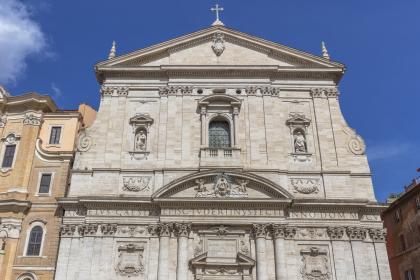
 Condividi
Condividi
Palazzo dei Filippini (Convento and Oratorio dei Filippini)
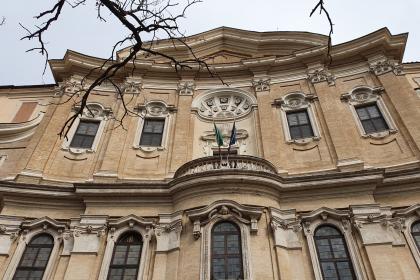
 Condividi
Condividi
The heart of Rome: Piazza Navona and Campo de' Fiori
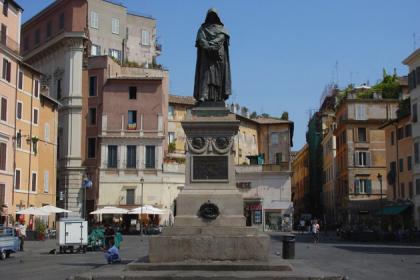
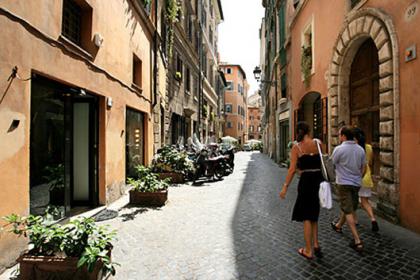
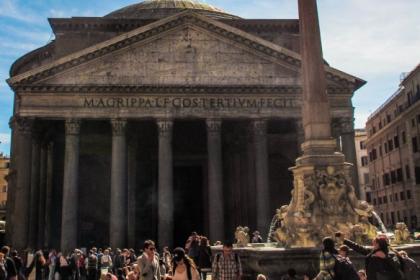
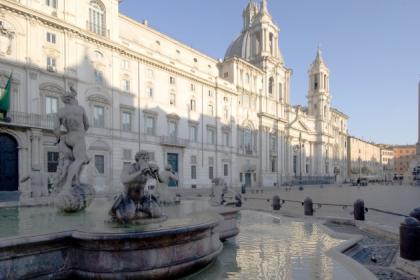
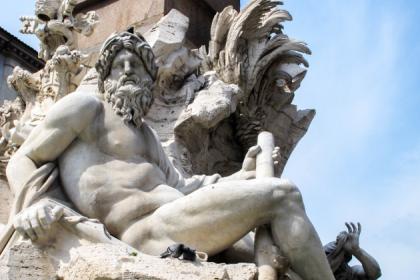
 Condividi
Condividi
Information
For opening times and visiting condition, please check the contacts.
 Condividi
Condividi
Location
To find out about all accessibility services, visit the Rome accessible section.












































